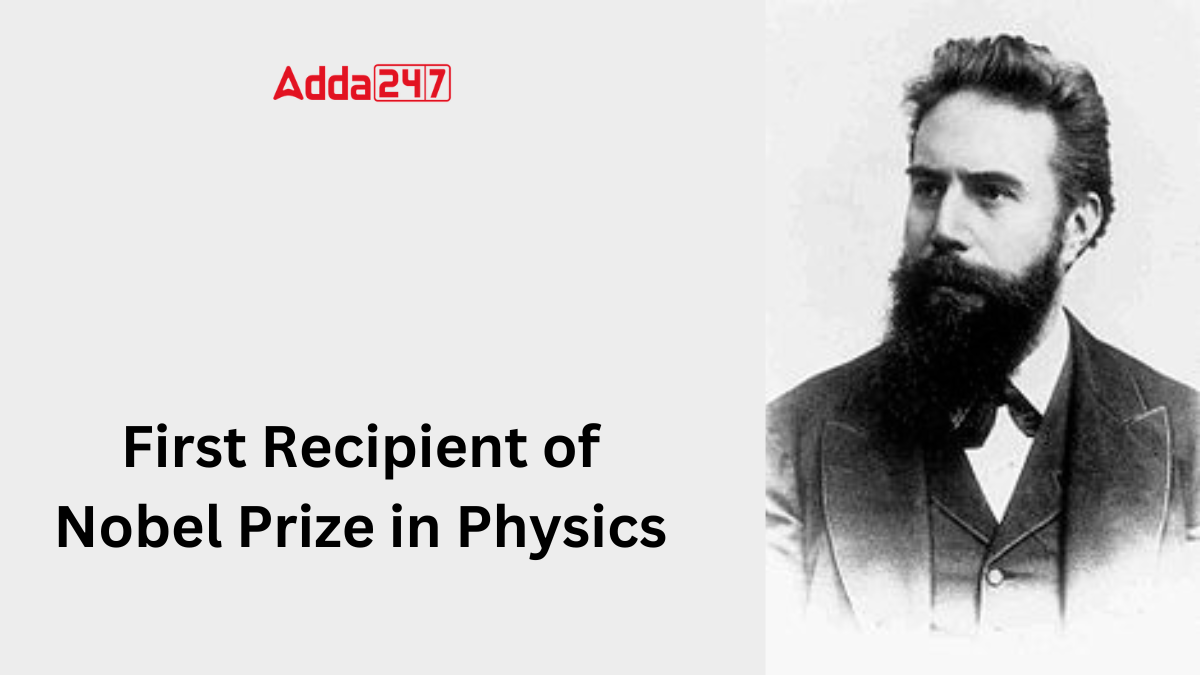Wilhelm Conrad Röntgen, a German mechanical engineer and physicist, became the first person to win the Nobel Prize in Physics in 1901. Röntgen made a groundbreaking discovery of X-rays, a type of electromagnetic radiation, on November 8, 1895. His remarkable achievement revolutionized the field of medical diagnostics, earning him widespread recognition and honors, including the prestigious Nobel Prize.
Early Life and Education of Wilhelm Rontgen
Röntgen was born on March 27, 1845, in Remscheid-Lennep, Germany. His family moved to the Netherlands when he was three years old, where he later attended school in Utrecht. Despite being unfairly expelled from high school, he managed to continue his studies. In 1865, he passed the entrance exam to attend the Federal Polytechnic Institute in Zurich, now known as ETH Zurich, where he earned a PhD in 1869.
Career and Teaching
Röntgen began his academic career in 1874 as a lecturer at the University of Strasbourg. He later held various prestigious positions, including professor of physics at the University of Würzburg and the University of Munich. His reputation as a skilled physicist continued to grow, and he was eventually invited to Columbia University in New York. However, the outbreak of World War I led him to remain in Germany.
Discovery of X-Rays
Röntgen’s most significant contribution to science came in 1895 while experimenting with cathode rays. He observed a new form of radiation that could pass through solid objects, which he initially called “X-rays.” On November 8, 1895, Röntgen discovered that these rays could create images of bones and internal structures, marking the birth of diagnostic radiology. His first X-ray image was of his wife’s hand, revealing her skeletal structure.
First Nobel Prize Recipient in Physics
In recognition of his groundbreaking discovery, Röntgen was awarded the first-ever Nobel Prize in Physics in 1901. The award was given to him in recognition of the extraordinary services he has rendered by the discovery of the remarkable rays subsequently named after him. Röntgen declined to patent his discovery, believing that it should benefit humanity freely.
Awards and Honors Received by Wilhelm Rontgen
- 1896: Rumford Medal of the Royal Society
- 1896: Matteucci Medal of the Accademia nazionale delle scienze
- 1897: Elliott Cresson Medal of the Franklin Institute
- 1900: Barnard Medal for Meritorious Service to Science of Columbia University
- 1901: Nobel Prize in Physics for the discovery of X-rays
Later Life and Legacy of Wilhelm Rontgen
Röntgen continued to work as a professor until his retirement. He remained in Germany during World War I and faced financial difficulties in his later years. He passed away on February 10, 1923, from cancer. Röntgen’s legacy endures through numerous honors, including the naming of the element roentgenium and the unit of radiation, the roentgen, after him. His discovery laid the foundation for modern medical imaging, making him a pivotal figure in the history of science.




 What was the Old Name of Bihar? Know Abo...
What was the Old Name of Bihar? Know Abo...
 Which River is known as the Diamond Rive...
Which River is known as the Diamond Rive...
 Which Dry Fruits are known as the King o...
Which Dry Fruits are known as the King o...







